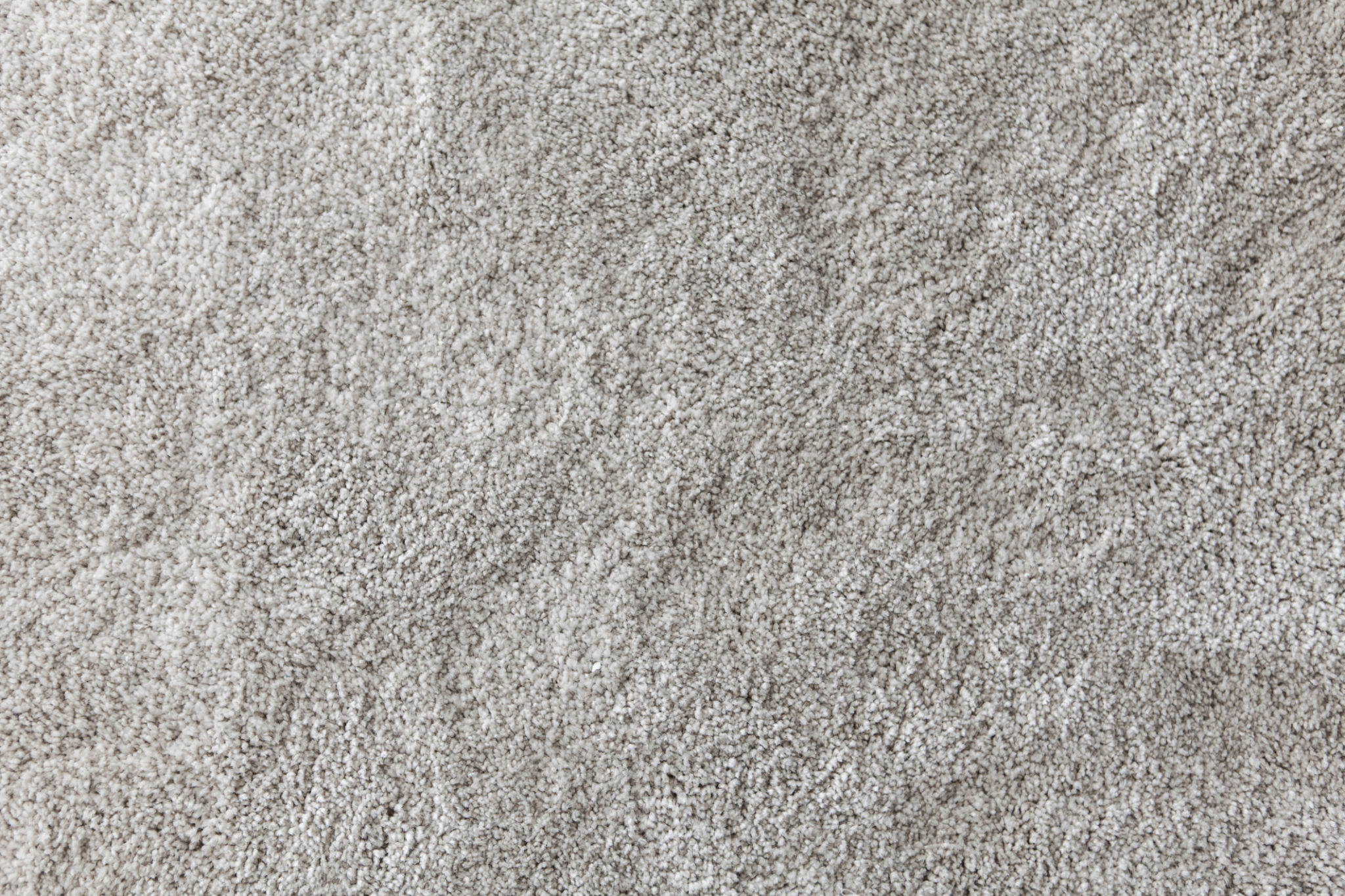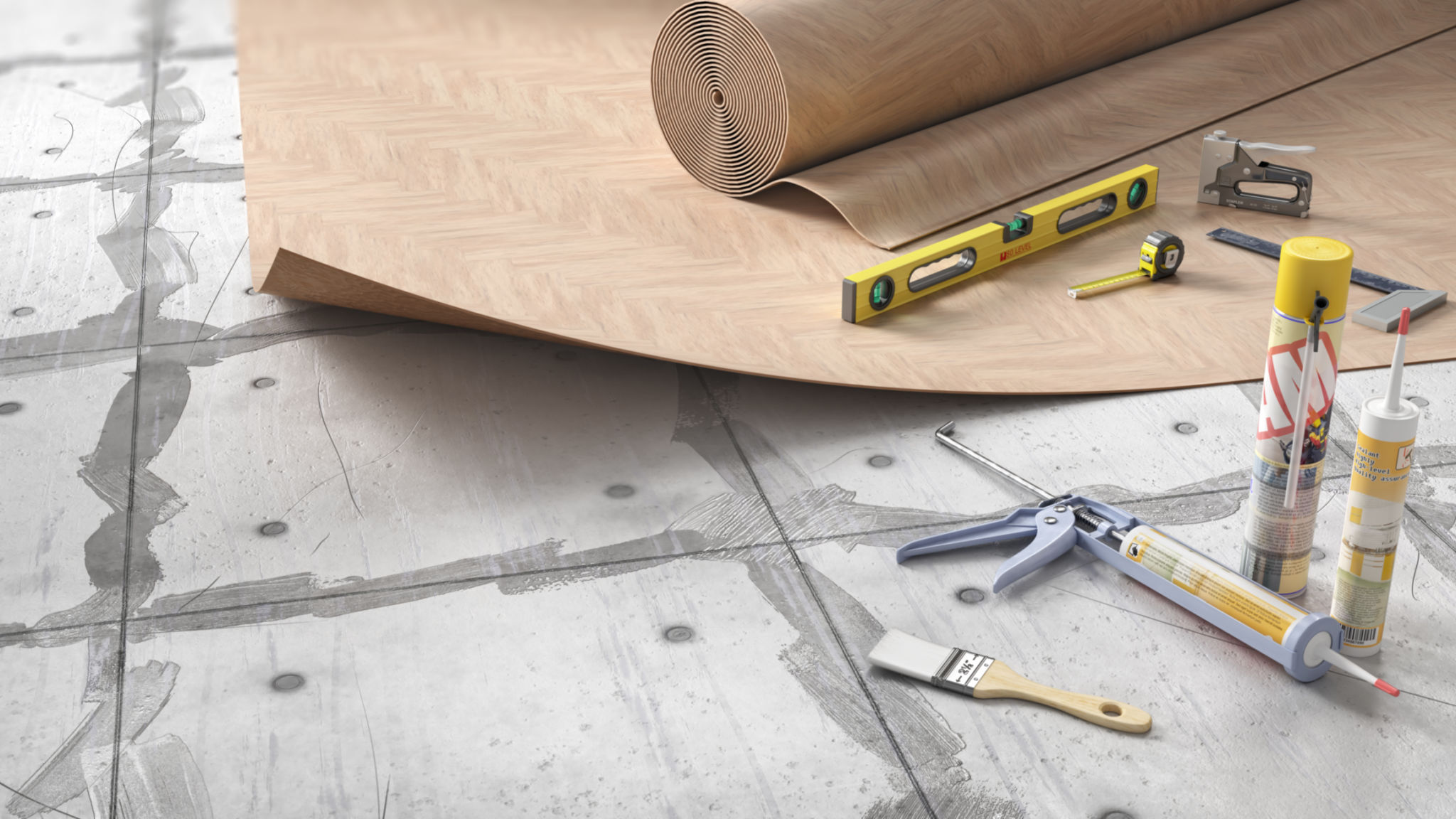Wool Carpet Repair: Expert Tips for Long-Lasting Results
Understanding Wool Carpet Repair
Wool carpets are prized for their luxurious feel and durability, but like any other flooring material, they can suffer from wear and tear over time. Whether it's a small snag or a more significant tear, knowing how to effectively repair wool carpets can help maintain their appearance and extend their lifespan. In this blog post, we'll explore some expert tips for wool carpet repair, ensuring your floors look their best for years to come.

Identifying Types of Damage
The first step in wool carpet repair is identifying the type of damage. Common issues include snags, tears, stains, and burns. Each type of damage requires a different approach to repair effectively. For instance, snags can often be fixed by gently pulling the fibers back into place, while tears might require patching or reweaving.
It's important to assess the extent of the damage before deciding on a repair method. Minor issues can often be handled with DIY techniques, but more extensive damage may necessitate professional assistance. Always consider the potential impact on the overall appearance of your carpet when choosing a repair strategy.
Essential Tools and Materials
Having the right tools and materials on hand is crucial for successful wool carpet repair. Some essential items include:
- Scissors
- Carpet adhesive or double-sided tape
- A utility knife
- Seam roller
- Matching wool yarn for repairs
These tools will help you tackle various types of repairs efficiently. For patching jobs, it's also helpful to have extra carpet pieces that match your existing flooring as closely as possible.

Step-by-Step Repair Techniques
For minor snags, start by gently pulling the fiber back into the weave using a small needle or crochet hook. Avoid cutting the snagged fiber, as this can lead to further unraveling. Instead, guide it back into the carpet's structure carefully.
If you're dealing with a tear, a patching technique might be necessary. Cut a piece from a matching carpet remnant slightly larger than the damaged area. Use a utility knife to trim away the damaged section and fit the patch in place. Secure it with carpet adhesive or double-sided tape, then press it firmly with a seam roller for a seamless finish.
Preventing Future Damage
Prevention is always better than cure when it comes to maintaining wool carpets. Regular maintenance and care can significantly reduce the likelihood of damage occurring in the first place. Vacuum your wool carpets regularly to remove dirt and debris that can cause wear.
Placing mats at entryways can help minimize dirt and moisture brought in from outside, which can damage fibers over time. Additionally, consider rearranging furniture periodically to prevent excessive wear in high-traffic areas.

When to Call a Professional
While many minor repairs can be done at home, some situations require professional expertise. Large tears, extensive staining, or burns may need specialized equipment and techniques that a professional carpet repair service can offer.
Hiring a professional can also ensure that repairs are done correctly and that your wool carpet retains its original beauty and texture. If you're unsure about your ability to manage a repair, it's always wise to seek expert advice.
Conclusion: Keeping Your Wool Carpet Pristine
Wool carpet repair doesn't have to be daunting. With the right knowledge and tools, you can address common issues effectively, preserving the longevity and appearance of your flooring. By understanding the types of damage, using appropriate repair techniques, and implementing preventive measures, you'll enjoy the warmth and elegance of wool carpets for many years to come.